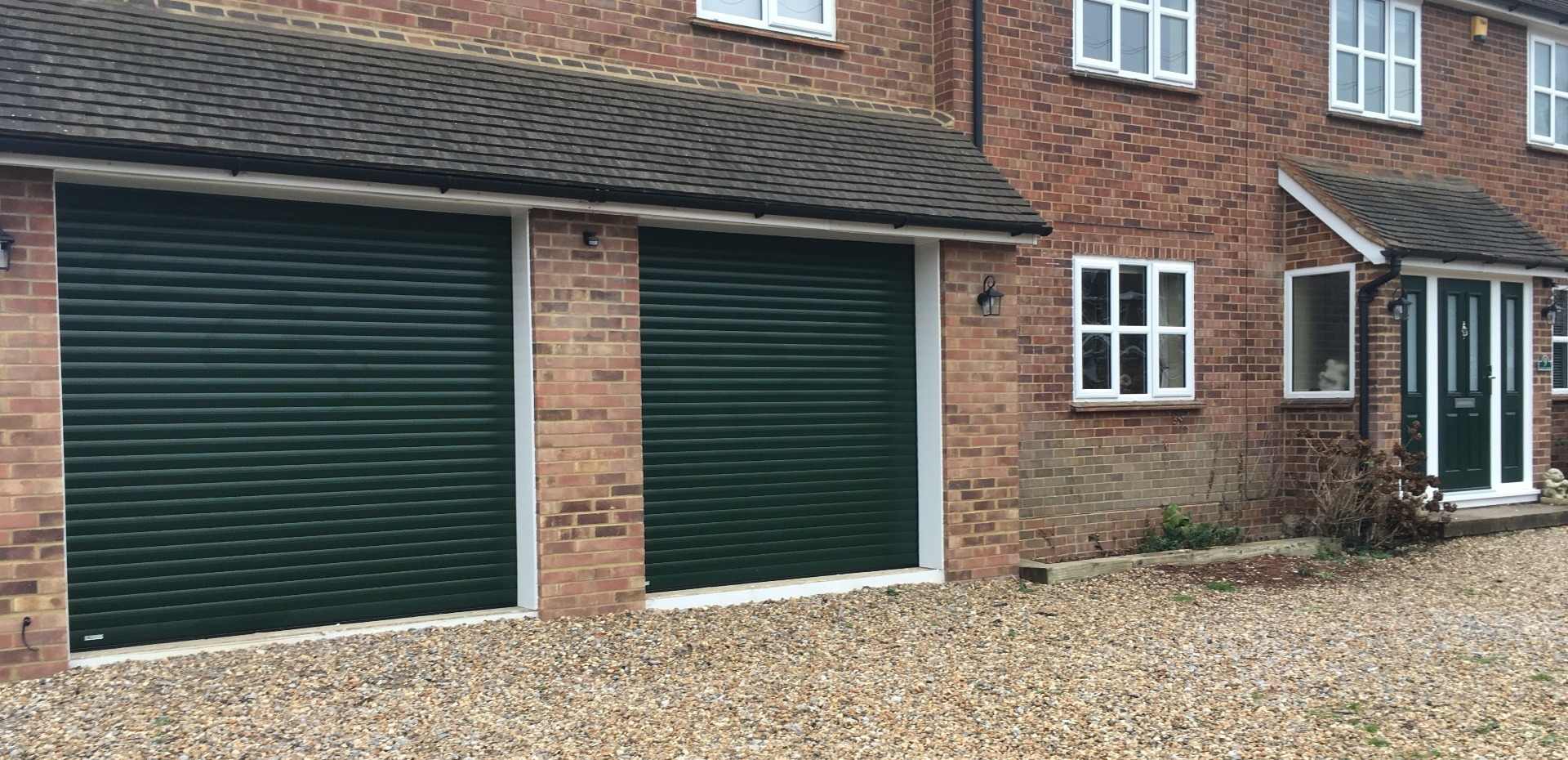Garage Door Repairs And Maintenance – What Should You Look For?
Posted on 1st September 2023 at 10:58
Buy a garage door today, and it’ll last you many years. It’ll probably also come with a significant warranty, so confident is the manufacturer that it simply won’t let you down.
However, things happen and, occasionally, garage doors do need to be repaired or dealt a bit of tender loving care.
The trick lies in identifying when your garage door needs to be repaired or have maintenance worked carried out. In doing so, you’ll avoid the problem becoming unnecessarily large and ruining your day.
Today, we’ll look at three types of garage door which are most likely to exhibit issues and consider how to get them fixed without calling out the professionals. We’ll also delve into some preventative tasks which are really worth your time.
The most common repairs: canopy doors
Sometimes referred to as ‘up-and-over’ doors, canopy garage doors usually exhibit the most issues which can be fixed – or prevented – by the homeowner.
This is because they rely on what are known as ‘cones and cables’, which tend to fail after a while. When they’re particularly old and someone pulls the door from an odd angle or one side, the door can become unseated or wonky.
For this reason, it’s best to always open the door from the centre rather than its edges and make sure the runners on either side (in which the wheels sit) are free of dirt and grime.
Some common maintenance tasks for canopy doors are:
making sure all fittings are tightened;
clearing the runners of dirt and debris;
resolving stiff keys by spraying WD40 or silicon oil into the lock; and
checking for rubbing of the frame.
The last one is particularly important for motorised canopy doors, because any signs of rubbing might suggest that the motor is exceeding its parameters. The entire door needs to be properly level to work as intended.
Roller doors – smaller checks required
Rollers doors have a number of moving parts, but they’re relatively easy to keep an eye on in terms of maintenance.
The most obvious issue you’ll encounter is something (be it an object or dirt) in front of the photocell (this is used to ensure the garage door stops closing if there’s something in the way).
It’s also important to periodically check the state of the curtain (the main part which rolls). The door will get itself into all kinds of trouble if it begins to fall apart, so make sure it looks even and lined up – i.e. ready to roll!
Lastly, don’t forget to check those remote batteries! Although you’ll probably have a manual means of opening and closing the roller door, you don’t want to be caught short.
Keeping sectional doors in check
The main thing to keep an eye on when it comes to a sectional garage door is the motor.
To ensure the motor can do its job uninhibited, periodically check the runners for debris and dirt. If there are any bits on that track (no matter how small), it’ll cause issues with the opening and closing mechanism over time.
You can avoid this by wiping the track every now and again with a slightly damp cloth (don’t soak it!). And while you’re at it, check that all fixings are tight and in the right place. The door should also be square and perfectly level.
If the work required on your garage door is beyond the scope of what we’ve revealed in this blog, or if you simply don’t feel confident undertaking the work yourself, it’s time to get the pros in.
Our team has extensive experiencing resolving issues with all kinds of garage door, so just get in touch if you think we can help you with yours.
Tagged as: Garage Doors
Share this post:

